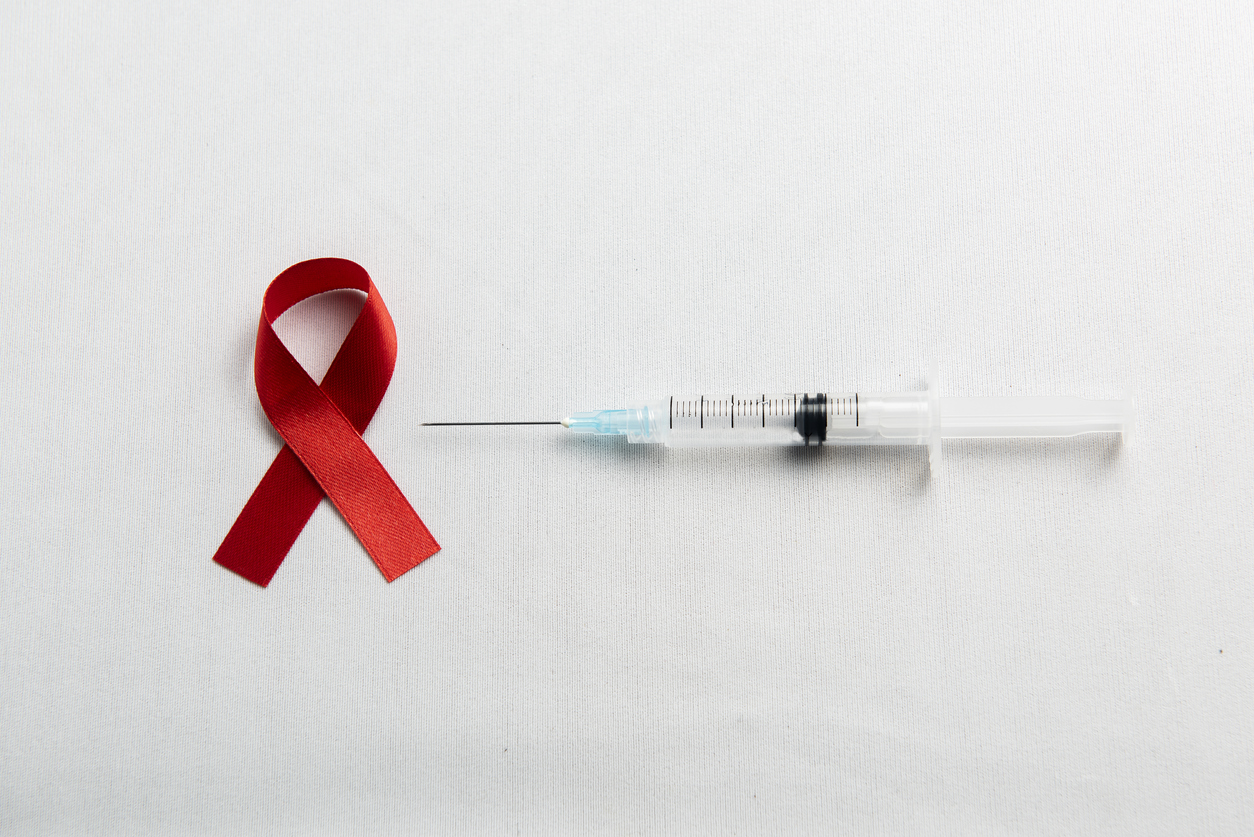2025-09-26
Male contraception: towards a silent revolution?
Gynecology
By Ana Espino | Published on september 26, 2025 | 3 min read
#Contraception #MaleContraception #Gynecology
Contraception remains a major issue in reproductive health, still largely shouldered by women. On the male side, the options are few and outdated: condoms, withdrawal, or vasectomy, each with obvious limitations in terms of effectiveness, reversibility, or acceptability. Despite growing demand for a fairer distribution of contraceptive responsibility, concrete progress has been slow, hindered by biological, social, and regulatory barriers. The development of reversible male contraception faces the challenge of blocking sperm production without disrupting overall hormonal functions, while ensuring reversibility and long-term safety.
In this context, this review offers an up-to-date overview of therapeutic strategies under development—both hormonal and non-hormonal—evaluating their clinical maturity and potential as credible alternatives in the short or medium term.
Twelve studies, including recent clinical trials and advanced preclinical work, were selected. The interventions reviewed covered hormonal approaches (testosterone, progestins, DMAU, 11β-MNTDC) and non-hormonal ones (RISUG, EPPIN, thermal contraception). Criteria included contraceptive efficacy, tolerance, reversibility, and acceptability.
Among hormonal approaches, testosterone/progestin combinations—administered as injections, implants, or transdermal gels—showed high contraceptive efficacy, with more than 90% suppression of spermatogenesis. However, side effects such as acne, weight gain, or mood disturbances still limit their acceptability. New oral molecules like DMAU or 11β-MNTDC, combining androgenic and progestogenic properties, are generating strong interest due to good tolerability and early efficacy.
On the non-hormonal side, several innovative strategies are emerging. Reversible mechanical barriers, such as RISUG or Vasalgel, temporarily block the vas deferens, with promising reversibility potential. Other molecules, such as EP055 or EPPIN, target specific sperm proteins to reduce motility. Compounds like lonidamide or certain indenopyridines act directly on Sertoli cells, disrupting spermatogenesis. Finally, male thermal contraception (MTC)—based on controlled elevation of testicular temperature via textile devices—shows good adherence and encouraging results.
The lack of effective reversible male methods perpetuates an imbalance in contraceptive responsibility. While social demand is evolving, pharmaceutical offerings lag behind, struggling to combine efficacy, tolerability, reversibility, and acceptability.
This review aimed to identify the most promising innovations, evaluating their stage of development and potential for application. The findings highlight real advances, especially with molecules like DMAU or 11β-MNTDC, as well as non-hormonal alternatives such as thermal contraception, which may represent viable medium-term options.
However, this study also underscores significant limitations, justifying continued research. Most approaches remain at the preclinical stage, with limited data on long-term safety, individual variability, or side effects. Large-scale trials will be essential to validate these avenues. In the long run, only an integrated, personalized strategy—together with better contraceptive education for men—will allow for a durable rebalancing of contraceptive responsibilities.
About the author – Ana Espino
As a scientific writer, Ana is passionate about bridging the gap between research and real-world impact. With expertise in immunology, virology, oncology, and clinical studies, she makes complex science clear and accessible. Her mission: to accelerate knowledge sharing and empower evidence-based decisions through impactful communication.
#Contraception #MaleContraception #Gynecology
Contraception remains a major issue in reproductive health, still largely shouldered by women. On the male side, the options are few and outdated: condoms, withdrawal, or vasectomy, each with obvious limitations in terms of effectiveness, reversibility, or acceptability. Despite growing demand for a fairer distribution of contraceptive responsibility, concrete progress has been slow, hindered by biological, social, and regulatory barriers. The development of reversible male contraception faces the challenge of blocking sperm production without disrupting overall hormonal functions, while ensuring reversibility and long-term safety.
In this context, this review offers an up-to-date overview of therapeutic strategies under development—both hormonal and non-hormonal—evaluating their clinical maturity and potential as credible alternatives in the short or medium term.
Pill, gel, heat… what do new approaches really promise?
Twelve studies, including recent clinical trials and advanced preclinical work, were selected. The interventions reviewed covered hormonal approaches (testosterone, progestins, DMAU, 11β-MNTDC) and non-hormonal ones (RISUG, EPPIN, thermal contraception). Criteria included contraceptive efficacy, tolerance, reversibility, and acceptability.
Among hormonal approaches, testosterone/progestin combinations—administered as injections, implants, or transdermal gels—showed high contraceptive efficacy, with more than 90% suppression of spermatogenesis. However, side effects such as acne, weight gain, or mood disturbances still limit their acceptability. New oral molecules like DMAU or 11β-MNTDC, combining androgenic and progestogenic properties, are generating strong interest due to good tolerability and early efficacy.
On the non-hormonal side, several innovative strategies are emerging. Reversible mechanical barriers, such as RISUG or Vasalgel, temporarily block the vas deferens, with promising reversibility potential. Other molecules, such as EP055 or EPPIN, target specific sperm proteins to reduce motility. Compounds like lonidamide or certain indenopyridines act directly on Sertoli cells, disrupting spermatogenesis. Finally, male thermal contraception (MTC)—based on controlled elevation of testicular temperature via textile devices—shows good adherence and encouraging results.
The future of male contraception is being written now
The lack of effective reversible male methods perpetuates an imbalance in contraceptive responsibility. While social demand is evolving, pharmaceutical offerings lag behind, struggling to combine efficacy, tolerability, reversibility, and acceptability.
This review aimed to identify the most promising innovations, evaluating their stage of development and potential for application. The findings highlight real advances, especially with molecules like DMAU or 11β-MNTDC, as well as non-hormonal alternatives such as thermal contraception, which may represent viable medium-term options.
However, this study also underscores significant limitations, justifying continued research. Most approaches remain at the preclinical stage, with limited data on long-term safety, individual variability, or side effects. Large-scale trials will be essential to validate these avenues. In the long run, only an integrated, personalized strategy—together with better contraceptive education for men—will allow for a durable rebalancing of contraceptive responsibilities.
Read next: Sharing the contraceptive burden: men step into the game
About the author – Ana Espino
PhD in Immunology, specialized in Virology

Last press reviews
Could cinnamon become a natural treatment for metabolic syndrome?

By Lila Rouland | Published on December 5, 2025 | 3 min read<br><br>...
Who is afraid of Christmas? Do holidays trigger psychiatric crises?

By Carolina Lima | Published on Décember 4, 2025 | 3 min read
Twice-yearly injections to change the game?

By Ana Espino | Published on December 3rd, 2025 | 3 min read